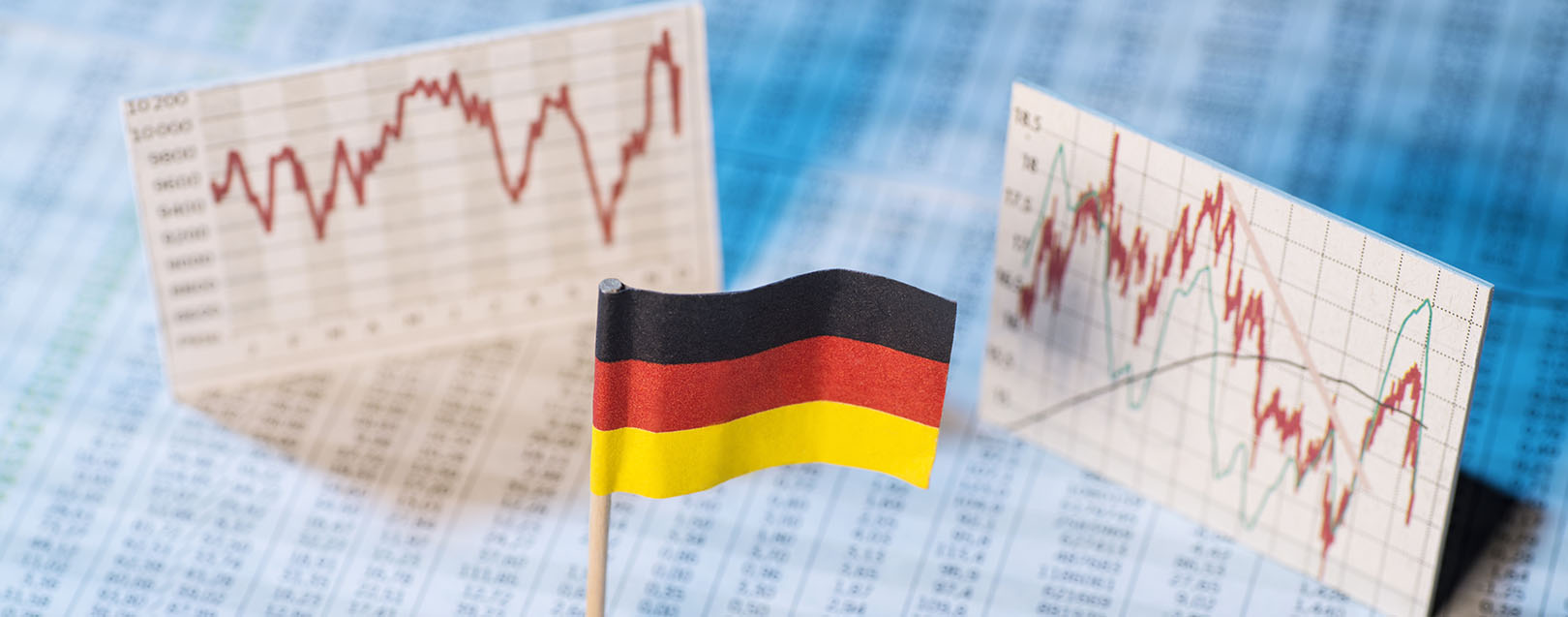
Germany boasts robust trade and industrial growth in Feb 2017
The Dollar Business Bureau
The automobile and production hub of Europe, Germany, boasted a 2.2% growth in economic output in the month of February, 2017. Underpinned by an increased domestic and global demand for machinery and automobiles, Germany's exports rose by 0.85, while imports declined by 1.6% - the result being a swelled trade surplus of 21.0 billion euros, up from 18.9 billion euros in the month of January.
This was a robust start of the year for Germany, indicating that the economic ramifications of the 2008 financial crisis have been left far behind. Meanwhile, the industrial output of UK showed signs of slowing, as the uncertainty around Brexit catches up with its economy.
The strong economic growth in Germany will give added thrust to Chancellor Angela Merkel's election campaign. The leader of the liber order is going to run for a fourth term in September 2017.
Some analysts point out that the growth is not sustainable, as it rested on a 13.6% expansion in construction activity during the previous month, which may not continue to happen throughout the year. Post a slump of 6.8% in January, industrial orders in Germany rose by 3.4% in February. This erratic movement does not bode well for stable economic growth throughout the year.
Trump's negativity for countries holding a huge trade surplus against US coupled with Brexit negotiations are two of the biggest political uncertainties that hold a humongous risk for Germany's economic future. Over $60 billion trade deficit that US has with Germany is the target of a recent executive order signed by Trump, aimed at setting the trade balance right.
For now, the growth percentages suggesting a buoyed economy has assuaged fears of a setback in global trade volume due to rising protectionist forces the world over.






 to success.
to success.